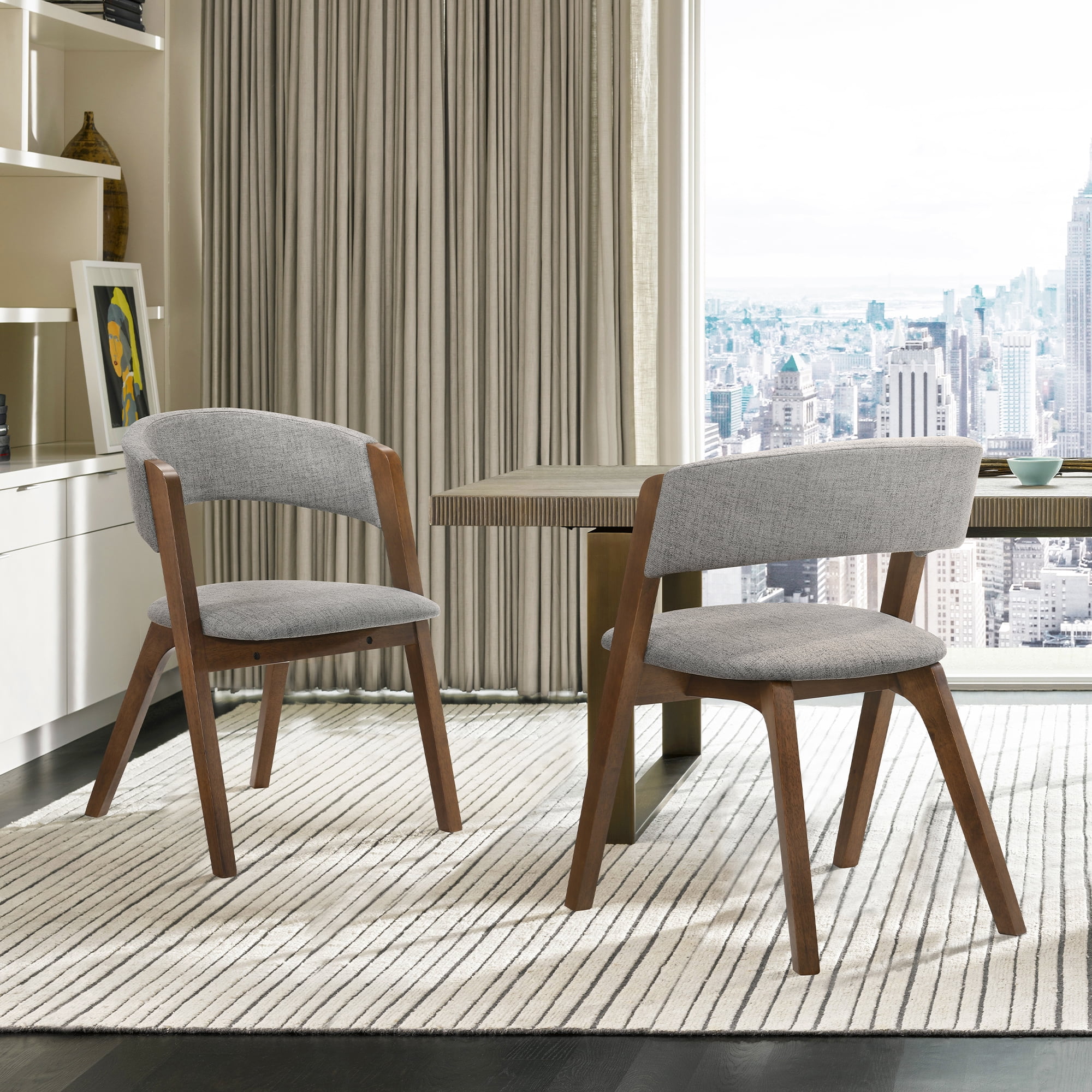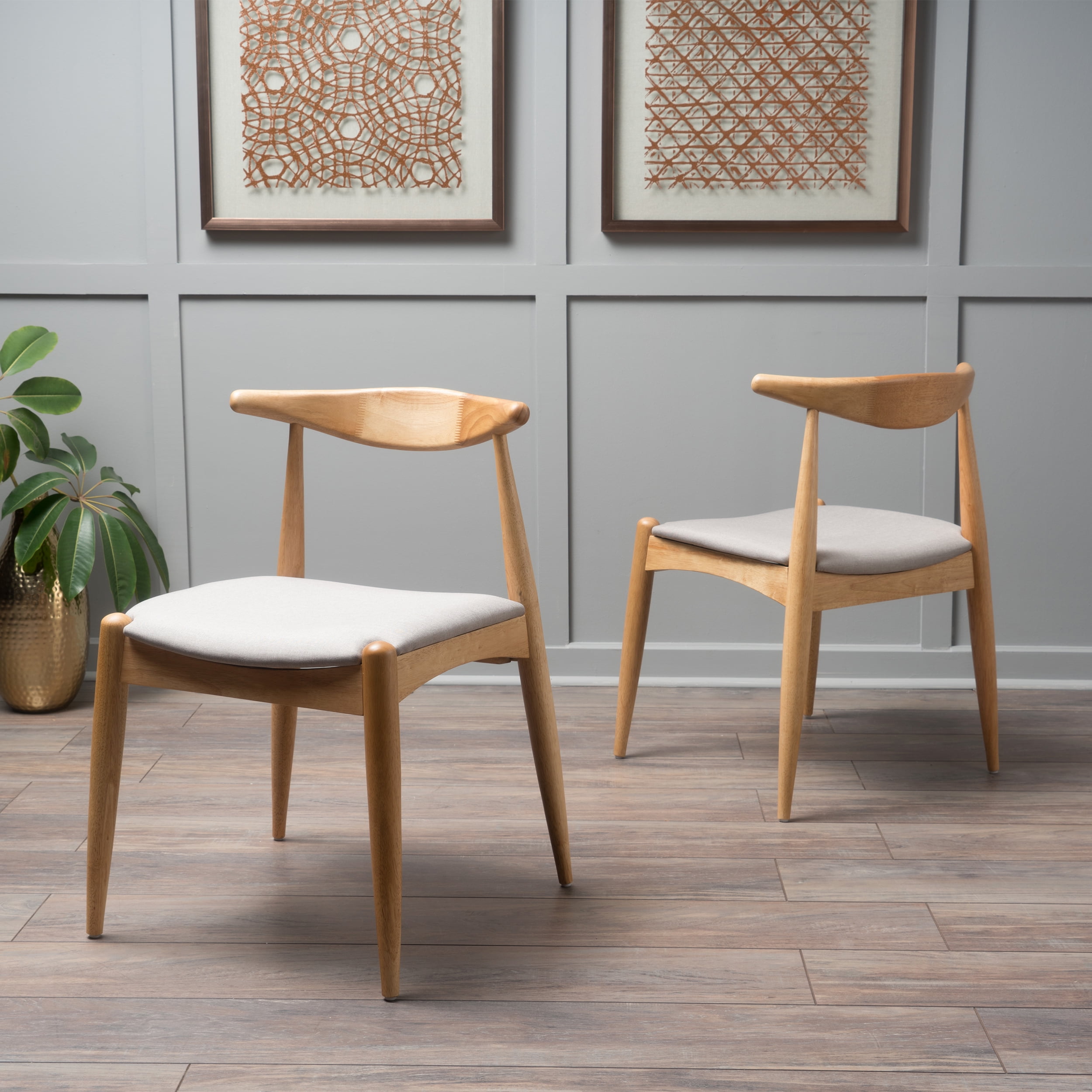Design & Style Variations of Mid-Century Modern Dining Chairs with Arms

Mid-century modern dining chairs with arms represent a fascinating intersection of form and function, reflecting the era’s emphasis on clean lines, organic shapes, and innovative materials. Their evolution showcases a dynamic interplay between design philosophies and manufacturing capabilities, resulting in a diverse range of styles that continue to inspire contemporary design.
Arm Design Evolution in Mid-Century Modern Dining Chairs
The evolution of arm design in mid-century modern dining chairs mirrors the broader stylistic shifts of the period. Early examples often featured simple, tapered arms, echoing the streamlined aesthetic of the era. These arms, typically made from wood, seamlessly integrated with the chair’s frame, creating a sense of unity and elegance. As the style progressed, designers experimented with more sculpted and expressive arm designs. Sculpted arms, often featuring curves and organic forms, added a touch of personality and visual interest. Integrated arms, where the armrest flowed directly from the chair’s backrest, became another popular choice, enhancing the chair’s overall cohesiveness. Later designs sometimes incorporated padded armrests for added comfort, a departure from the strictly minimalist approach of earlier pieces.
Material Choices and Their Aesthetic Impact
The selection of materials significantly impacted the overall aesthetic of mid-century modern dining chairs with arms. Wood remained a dominant material, with various species contributing distinct visual characteristics. Teak, with its rich golden hue and robust grain, conveyed a sense of warmth and sophistication. Walnut, known for its deep brown tones and elegant figuring, lent a more refined and classic feel. Similarly, lighter woods like birch or ash offered a brighter, more contemporary look. Upholstery fabrics played a crucial role in defining the chair’s personality. Simple, solid-colored fabrics like linen or wool created a clean, understated look, while bolder patterns and textures added a touch of vibrancy and personality. Leather upholstery, often seen in darker tones, imparted a sense of luxury and durability. The combination of wood and upholstery often created a striking contrast, enhancing the chair’s visual appeal.
Comparison of Three Mid-Century Modern Dining Chair Styles, Mid century modern dining chair with arms
The following table compares three distinct mid-century modern dining chair styles with arms, highlighting key design features and typical manufacturers.
| Chair Style | Key Design Features | Typical Materials | Example Manufacturers |
|---|---|---|---|
| Scandinavian Modern | Simple, tapered arms; light-colored wood; often minimalist design; focus on functionality and comfort. | Birch, beech, ash; wool or linen upholstery. | Fritz Hansen, Poul Kjærholm |
| Danish Modern | Sculpted, organic arms; often incorporate curves; use of high-quality materials; emphasis on craftsmanship. | Teak, rosewood; leather or high-quality fabric upholstery. | Hans Wegner, Børge Mogensen |
| American Modern | Clean lines; integrated arms; often incorporates molded plywood; focus on affordability and mass production. | Walnut, plywood; vinyl or simple fabric upholstery. | Eero Saarinen, Charles and Ray Eames |
Manufacturing & Materials: Mid Century Modern Dining Chair With Arms

The mid-century modern aesthetic, with its emphasis on clean lines and functional design, is deeply intertwined with the manufacturing techniques and materials of its era. Understanding these aspects reveals the ingenuity and artistry behind these iconic chairs, highlighting the differences between mass-produced and handcrafted examples and the impact of material choices on the final product.
Mass production techniques, which gained momentum post-World War II, allowed for the wider dissemination of mid-century modern designs. These techniques, often employing standardized processes and machinery, facilitated the creation of chairs with consistent quality and affordability. In contrast, handcrafted pieces, while more expensive and less readily available, often showcased greater detail, unique wood grain variations, and a higher level of bespoke customization. This contrast in manufacturing approaches significantly impacted the overall look, feel, and price point of the final product.
Wood Species and Their Properties
The choice of wood significantly influenced both the structural integrity and aesthetic appeal of mid-century modern dining chairs with arms. Popular choices included walnut, teak, and oak, each possessing unique properties that shaped the design. Walnut, prized for its rich, dark brown hues and beautiful grain patterns, often lent a sense of sophistication and luxury. Teak, known for its exceptional durability and resistance to rot and insects, was frequently used in chairs intended for outdoor or high-traffic areas. Its warm golden tones added a touch of natural elegance. Oak, with its lighter color and sturdy grain, offered a more versatile option, suitable for a range of design styles within the mid-century modern spectrum. The wood’s natural color and grain were often highlighted through minimal finishing techniques, allowing the inherent beauty of the material to shine. For example, a chair made from figured walnut might feature a highly polished finish to accentuate the swirling grain patterns, while a chair crafted from teak might showcase a more natural, oiled finish that emphasized its warm tones.
Upholstery Process
The upholstery process for a mid-century modern dining chair with arms typically involves several key steps. First, the chair frame, usually made of wood, is prepared. Any imperfections are addressed, and the frame is cleaned. Next, high-density foam is cut to fit the seat and back rest. This foam provides both comfort and structural support. The foam is then wrapped in a layer of cotton batting, offering a softer, more pliable surface. This batting acts as a cushioning layer between the foam and the final fabric. The chosen fabric, often a durable and stylish material like vinyl, linen, or a patterned textile reflecting the era’s trends, is carefully draped over the foam and batting. Using a staple gun, the fabric is securely attached to the underside of the chair frame. The process requires precision to ensure a taut, wrinkle-free finish. Finally, decorative elements like welt cord or piping may be added to define the edges and enhance the aesthetic appeal. The entire process showcases a delicate balance between functionality and design, reflecting the ethos of mid-century modern design.
